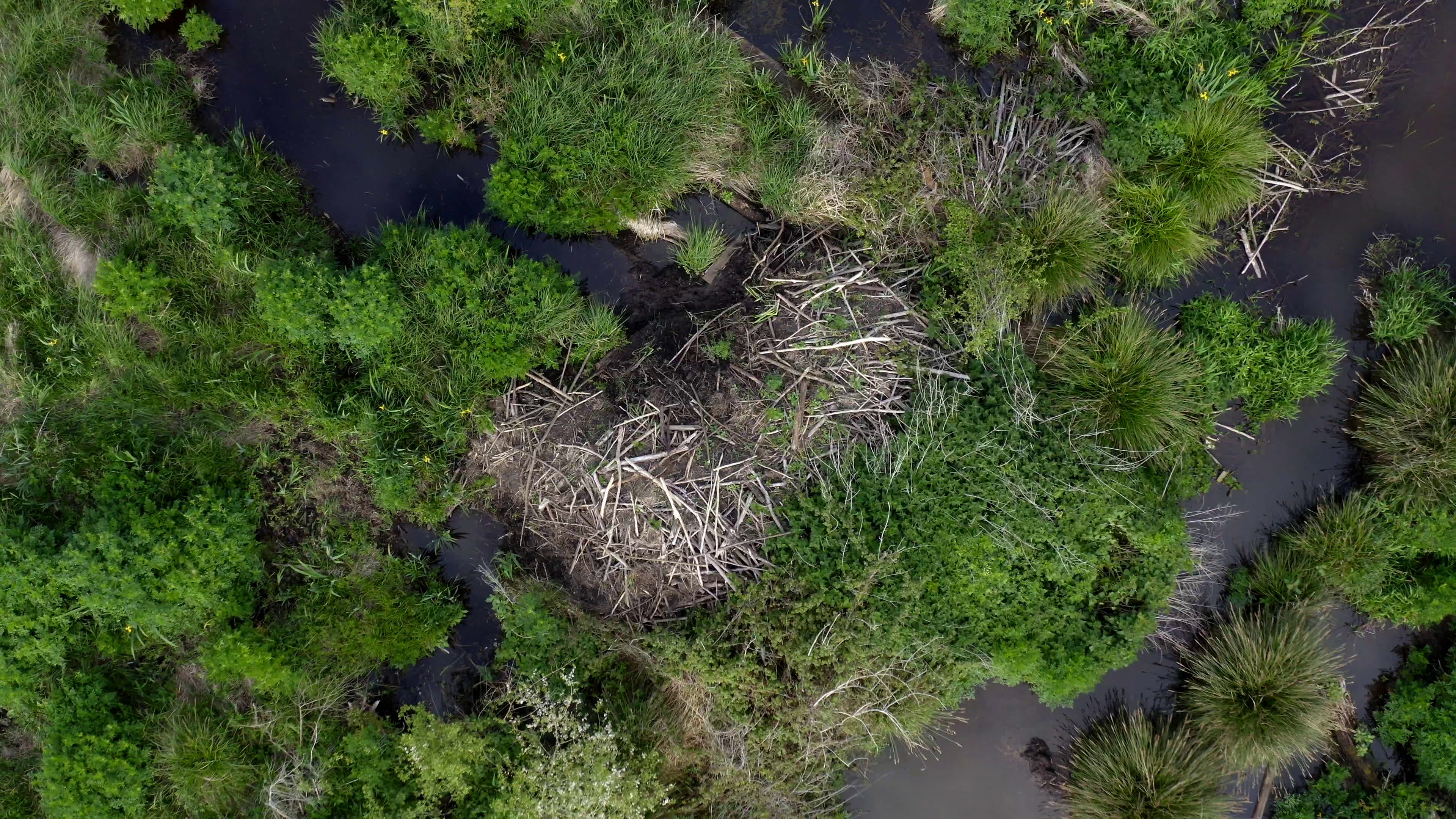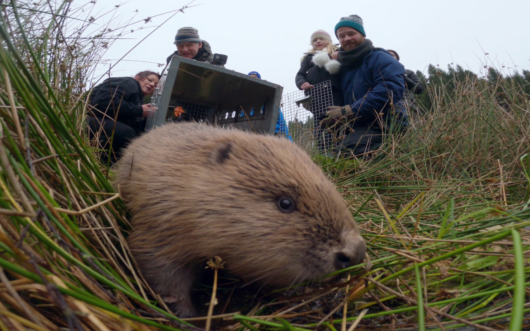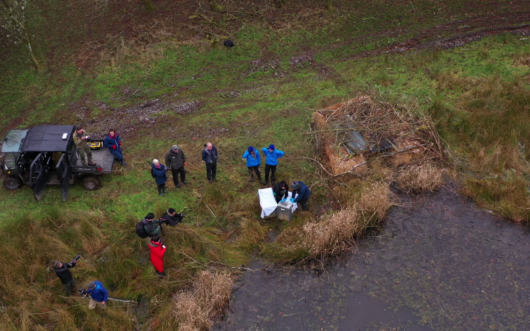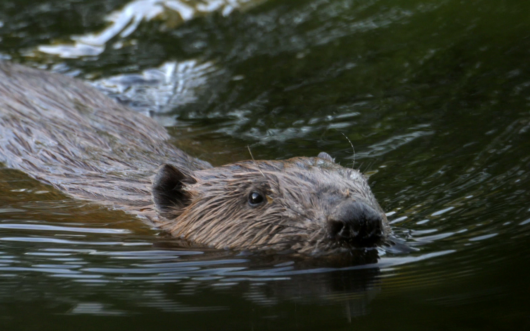Wetlands protect coastlines, replenish drinking water, and may even combat climate change
Almost 200 years ago, Louisiana senator Solomon Weathersbee Downs was on a mission to drain the swamps. Not the swamps of corrupt politicians, but literal ones—places of mud and ducks and frogs. It was the mid-1800s, and much of the United States was undeveloped. Destroying wetlands would lead to, in Downs’ words, “increase of population, the augmentation of wealth, the cultivation of virtue, and the diffusion of happiness.”
For decades, this philosophy held sway. By the 1980s, more than half the wetlands in the contiguous United States had been eliminated: paved over for neighborhoods, roads, and parking lots, or converted to other uses such as farming. This destruction devastated populations of wading birds, amphibians, and other wildlife, and degraded critical ecosystem services such as water purification and flood control.
Now, conservationists are fighting to get those wetlands back.
What is a wetland?
A wetland is a place where the soil is saturated or flooded at least part of the year. From coastal salt marshes that change with the tides to meadows made soggy by beaver ponds, wetlands are constantly changing. Groundwater seeps through soil, streams meander over floodplains, and sediment builds and washes away. These shifting “oases” are unique habitats where diverse animal and plant species flourish.
Wetlands also help humans. They suck up fertilizer runoff before it can foul lakes and oceans. Their moisture replenishes drinking water aquifers. And in coastal areas, they protect homes from erosion and storm surges: When Hurricane Sandy struck the eastern U.S. in 2012, wetlands may have prevented more than $625 million in damage across 12 states, according to The Nature Conservancy.
Protecting—and restoring—wetlands could even help combat climate change, says Montana State University ecologist William Kleindl, president of the Society of Wetland Scientists. That’s because swamp sediments are often poor in oxygen—meaning that any plants that die there don’t totally decay. These half-decayed leaves, shoots, and roots sequester carbon, keeping it from flooding the atmosphere. The more wetlands we have, the more organic material builds up—and locks away carbon.
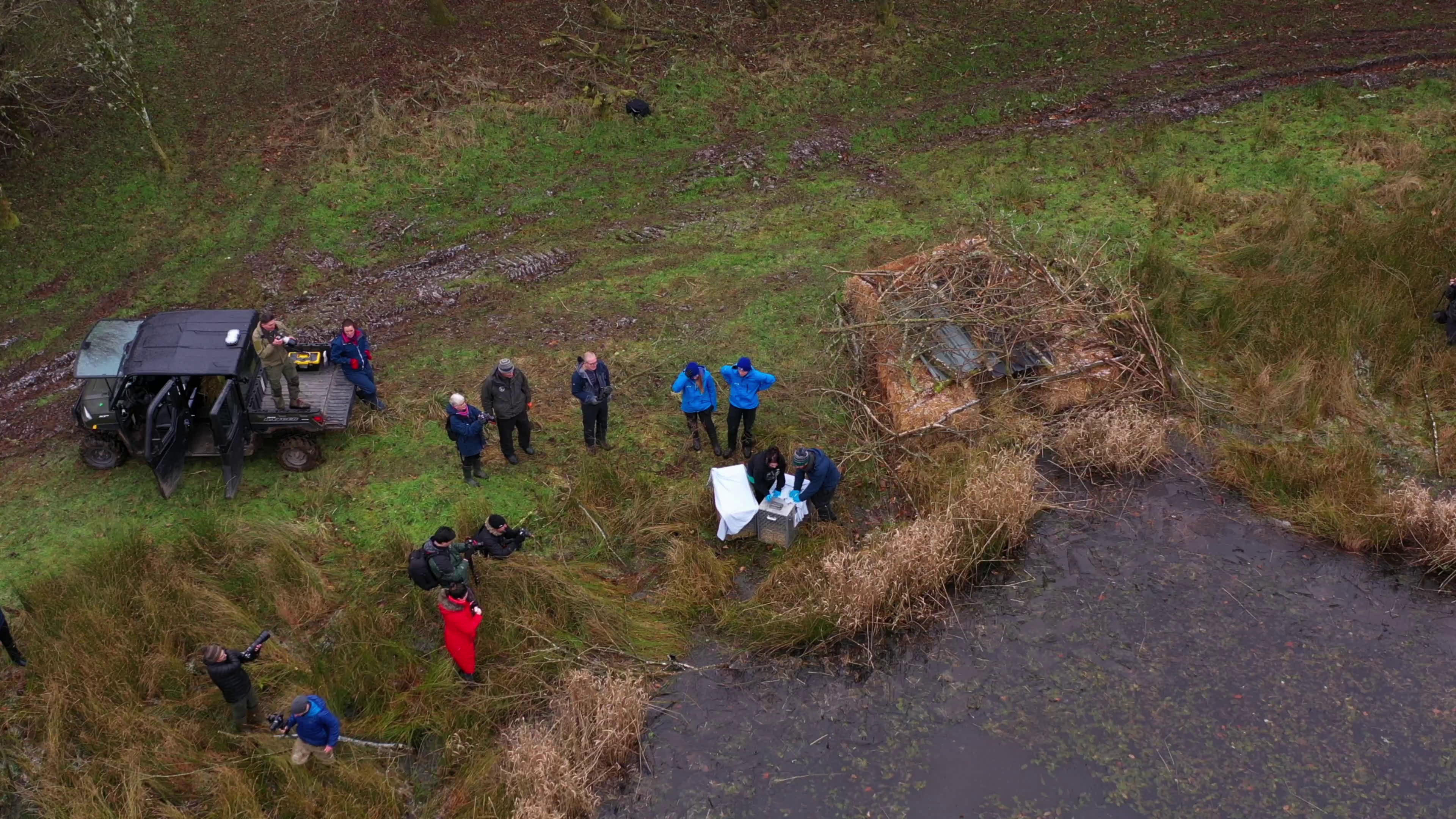
So why were they drained?
In Senator Downs’ time, wetlands were disdained by those in power as disease-ridden wastelands. Rich businessmen and politicians argued they could be put to much better—and more profitable—uses. Enslaved people were often forced to do the grueling work of draining wetlands, says Ann Vileisis, a historian and author.
U.S. government policies also facilitated wetland destruction. For example, the Swamp Land Acts of the mid-1800s transferred ownership of swampy federal lands to the states, which could then sell it off to private owners and use the proceeds to pay for drainage. New technologies made this task ever-easier. In just 16 years between 1906 and 1922, Indiana, Illinois, and Iowa lost almost 30 percent of their wetlands, wrote Vileisis in her book Discovering the Unknown Landscape: A History Of America’s Wetlands.
A modern conservation movement
Duck hunters were among the first to cry foul. In the early 20th century, they noticed that waterfowl populations were plummeting. They spearheaded a program that requires hunters to purchase “duck stamps” before they can hunt, with revenue spent on habitat protection. This move raised the profile of wetlands—and helped fuel the modern conservation movement.
Since then, we’ve made a lot of progress. In addition to establishing wetland wildlife refuges across the country, ecologists and land managers have been working to restore wetlands that have been lost or degraded. Some projects are massive, such as the Baylands Ecosystem Habitat Goals Project, which seeks to restore 60,000 acres of tidal marsh in the San Francisco Bay area—and has already restored 17,000 acres.
There are smaller-scale projects, too. At sites such as Bridge Creek, Oregon and Birch Creek, Idaho, humans have helped rebuild wetlands by mimicking the work of beavers, building dam-like structures from willow poles. As the stream rises, water eventually spreads out to form wetlands. Beavers then ideally move in and take over, either expanding the human-made dams or building new ones nearby.
The ecosystem engineers often outshine their human helpers, says Kleindl. “The beavers will be like, ‘man, you guys are idiots. Like, the best place to put the dam is over here.”
Other projects strip out the structures once used to drain wetlands. In Iowa and Minnesota, tile drainage pipes, some dating to the 19th century, crisscross the ground under the prairie. Their job is to drain small depressions known as prairie potholes, where as many as 75% of U.S. ducklings are hatched. Ripping out the tiles, says University of Minnesota ecologist Susan Galatowitsch, makes a “really great” cracking sound. “If you’re wetland person … you love the sound of breaking tile,” she says.
One of her projects—which also removed invasive grasses and replanted native plants—transformed a 15-acre site into a functional wetland where half a dozen species of frogs returned on their own. But not everything has been saved: Galatowitsch expects that spring peeper frogs, for which the site is named, will never return. “You have to take care with your natural wetlands,” says Galatowitsch. “Don’t assume it’s like a switch and you can flip it back on and get everything you want back.”
